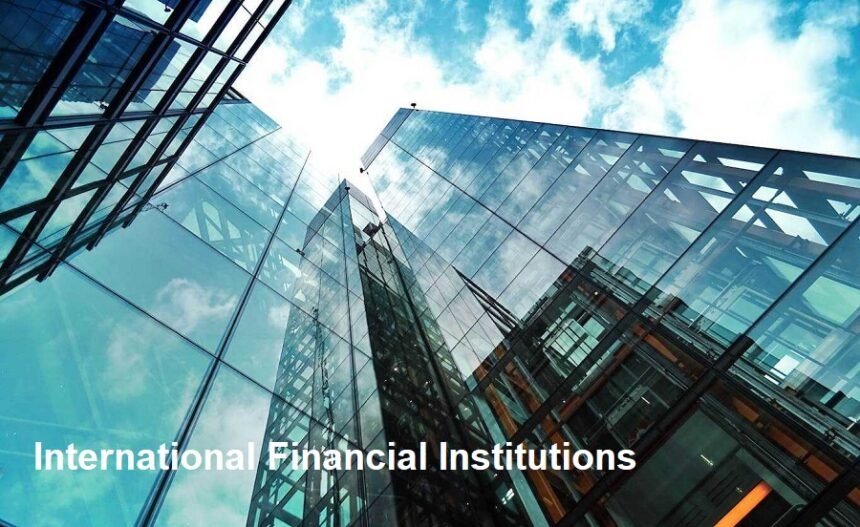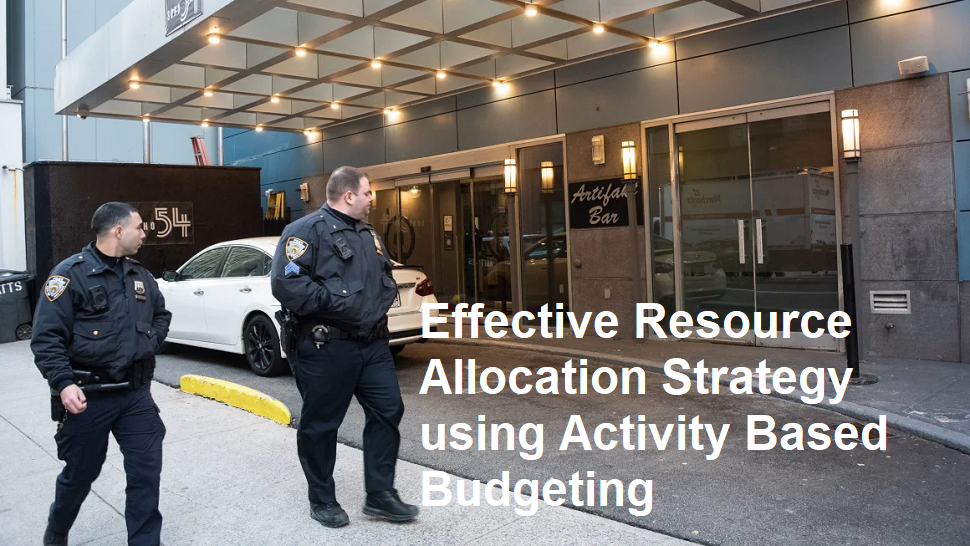Have you ever thought about how countries experiencing financial crises can get back on their feet? This is where international financial institutions come into play—and it’s not just a government affair, but has a direct impact on our investment portfolios. So, international financial institutions, or IFIs, are organizations like the IMF, World Bank, Bank for International Settlements, and regional development banks that have a mandate to maintain the stability of the global financial system. Just imagine, during the 1998 crisis, Indonesia collapsed and the rupiah plummeted to Rp 16,000—the IMF came with a $43 billion bailout package that saved the economy but with strict reform conditions. For those of us who play in the capital market, understanding the role of international financial institutions is crucial because they are like “economic doctors” who are called in when a country is seriously ill—and the prescriptions they provide will determine the direction of the country’s economic policy for years to come. When the IMF enters a country, it typically involves a structural reform package that impacts everything from interest rates and exchange rates to fiscal policy and financial sector regulations—ultimately impacting stock, bond, and currency prices. Therefore, tracking the role of international financial institutions in a country’s financial reforms is a way to anticipate major policy shifts that could impact our portfolio.
The primary goal of international financial institutions in encouraging financial reform in a country is actually multi-layered. The most obvious is, of course, financial stabilization—providing emergency funds to countries experiencing a liquidity crisis to prevent collapse. But beyond that, international financial institutions also aim to create a sustainable policy framework to prevent a similar crisis from recurring. For example, after the 1998 Asian crisis, the IMF forced Indonesia to implement banking reforms—from liquidating troubled banks, establishing the Deposit Insurance Corporation (LPS), to strengthening BI supervision. For us as investors, understanding the goals of these international financial institutions is very helpful in interpreting policy directions—when the World Bank provides loans for infrastructure, it usually signals that the construction and materials sectors will receive a boost. Or when the IMF recommends fiscal consolidation, we can anticipate that there may be subsidy cuts or tax increases that will affect people’s purchasing power and corporate profitability.
The biggest challenge in implementing reforms driven by international financial institutions is political economy—often, technically correct prescriptions don’t match local political realities. A real-life example is the 2015 Greek crisis, when the IMF forced pension cuts and tax increases, which angered the public and led to the fall of the government—technically correct but politically toxic reforms. The second challenge is the one-size-fits-all approach—sometimes policies that work in one country aren’t necessarily applicable in another. Indonesia experienced this during the reforms of the 2000s, when several IMF policies were deemed insensitive to local socio-cultural conditions. The third challenge is dependency syndrome—some countries become too dependent on aid from international financial institutions and don’t develop sufficient domestic capacity. For us as investors, the challenge is assessing the credibility of reform commitments—is the government truly serious about implementing the prescriptions from international financial institutions, or is it just paying lip service to obtain funding? Not to mention the timing issue—structural reforms are usually painful in the short term (recession, rising unemployment) before the benefits are realized in the long term, which can create volatility in financial markets.
How do we navigate this complexity so we can leverage insights into the role of international financial institutions for investment decisions? The easiest first step is to track ongoing programs—for example, if an IMF program is underway in a country, study the details of its policy matrix, especially those related to the financial sector. Second, monitor implementation—not just what the government promises, but what is actually done. Third, understand sequencing—reforms are usually gradual, and understanding the sequence allows us to anticipate the impact on various sectors. For example, banking reforms are usually preceded by stress tests, then consolidation, and then liberalization. For those who are serious about diving deeper, it might be worth reading the country reports from the IMF and World Bank, which are usually publicly available—although thick and technical, their insights are invaluable for understanding the fundamentals of an economy.
The next, more strategic step is to map stakeholders and their interests—every reform driven by international financial institutions inevitably has winners and losers. For example, when there’s a state-owned enterprise restructuring program, we can identify which companies will be restructured, which will be privatized, and which will receive capital injections. Furthermore, consider the government’s political capital—reforms driven by international financial institutions typically require strong political will.












